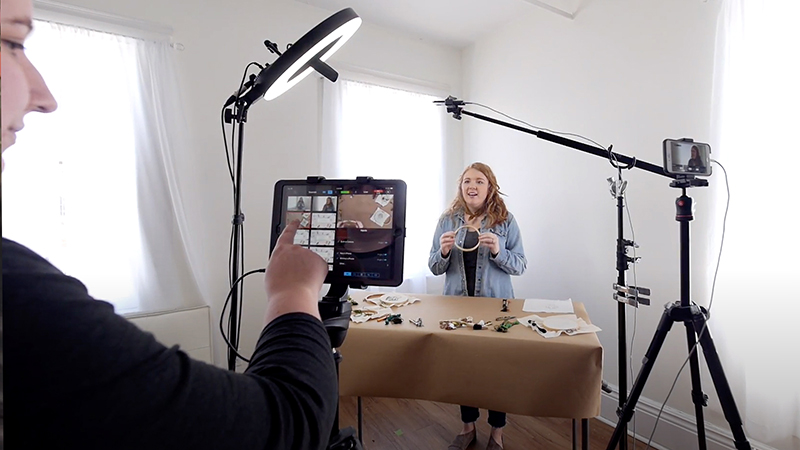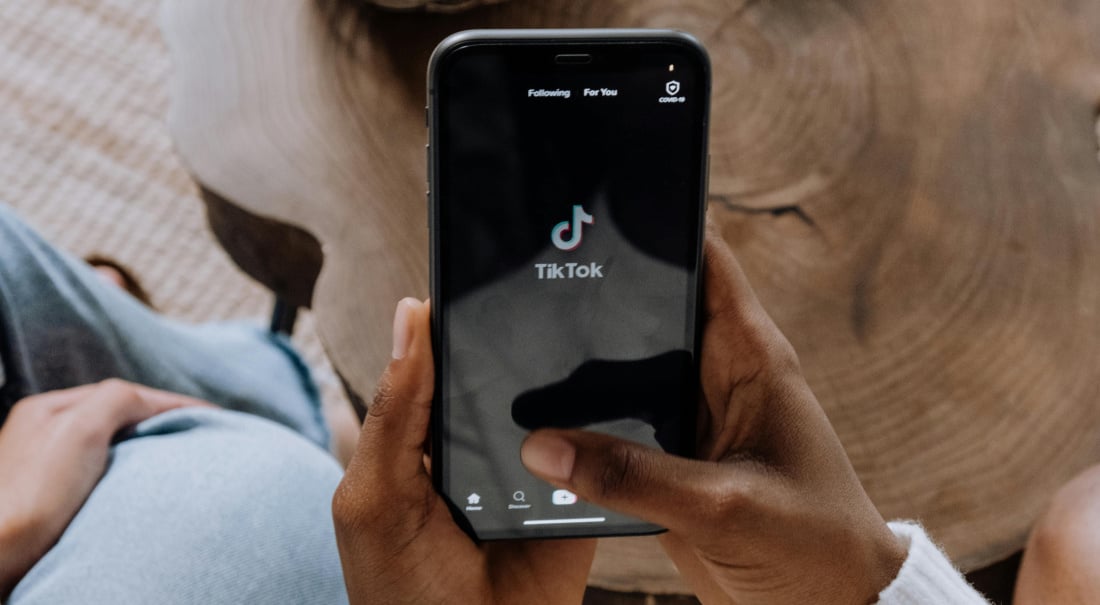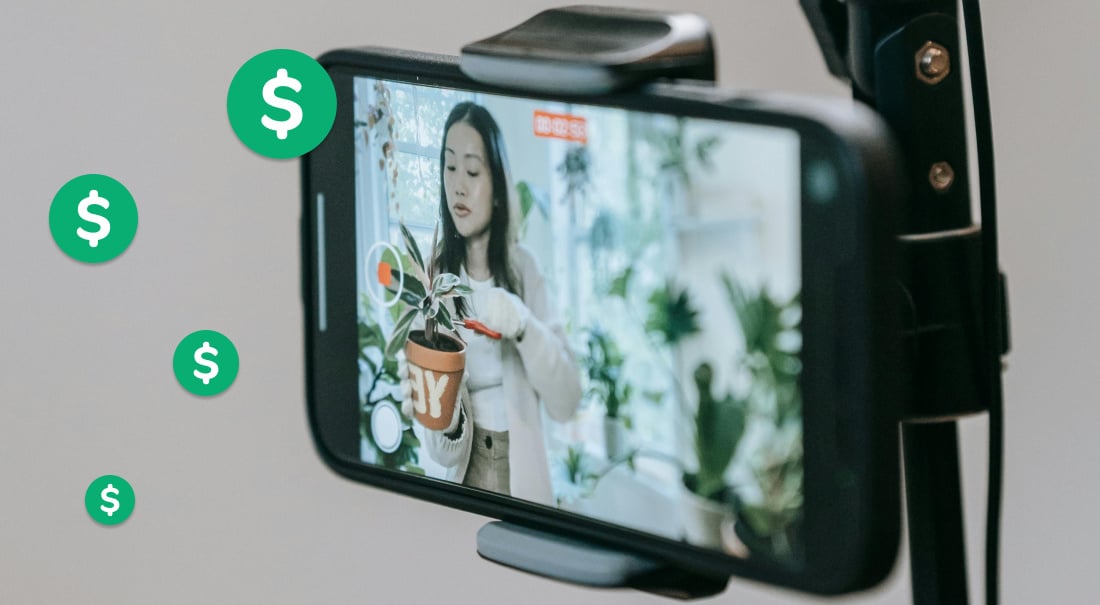
Editor's note: Today on the blog we're covering five ways you can monetize your live videos — tips straight from the experts over at Uscreen, a video monetization platform you can stream to from Switcher Studio using custom RTMP.
Live video is booming. In 2019, there were 126.7 million live video viewers in the U.S., and that number is expected to increase to 164.6 million by 2024! Live video is consumed on various platforms, with YouTube, Twitch, Facebook Live, and Instagram being among the most popular.
But what’s driving this live video phenomenon and how can you monetize live video?
Lower barriers to entry
Creating and streaming live video used to be something only available to large businesses. Access was dependent on technology that few video content creators could get their hands on. Internet connectivity, encoding software, and content delivery networks all had to come together to make it possible to broadcast your live video to the world.
Today, a lot has changed. It’s easier and cheaper than ever before to create and host a live video. Tools like Switcher Studio help you produce professional-looking live videos and stream them to your platform of choice including YouTube, Facebook, LinkedIn, and Uscreen.
And the best part? You don’t need to worry about the technical details of making it all work. There’s no need for coding or hardware expertise, and you can be up and streaming in a matter of minutes.
Why monetize live videos?
Here’s a big question:
In a world where anyone can find pretty much everything on YouTube for free, can you make money with livestreaming videos online?
Yes, you can.
While free content exists, people also want exclusive content, and they are willing to pay a premium for it. At Uscreen, we work with over 25,000 video content creators. They produce and sell content to audiences around the world, people who pay monthly subscriptions.
Monetizing videos is, ultimately, all about generating revenue. And with people streaming content across countless niches online, the opportunity to create your revenue stream isn’t out of reach. What’s more, there are various ways to start monetizing your live video.
5 ways to monetize live videos in 2022
From affiliate marketing to selling merchandise and streaming live pay-per-view video, here are five ways you can turn your live broadcasts into money making opportunities.
Affiliate marketing
Affiliate marketing is one of the easiest ways to monetize live video. Affiliate and referral programs are created by businesses that want to reach a larger audience to sell their products and services. They create affiliate programs that offer rewards for every new client or lead that you refer to them.
Affiliate rewards are usually based on a percentage of each sale and can range from around 5% to as high as 75%. Monetizing your live video with affiliate marketing offers, however, involves a little more than listing various products.
The most effective affiliate marketing videos include products and services especially aligned with one’s audience.
Roberto Blake is a creative entrepreneur, public speaker, and business coach. In his video The Truth About My Youtube Channel (Ask Me Anything!) [Youtube Live Q&A], he shows how to incorporate various affiliate links.
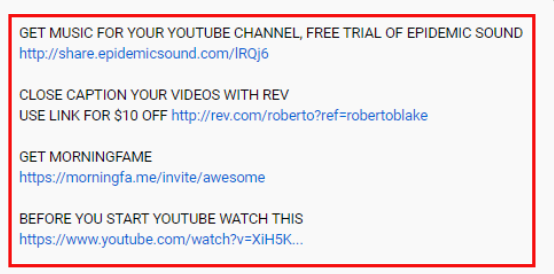
Sponsorship deals
Similar to paid ads, sponsorships involve receiving payment for special mentions and advertising opportunities from sponsors. Why sponsorships? Sponsorships are a strong marketing channel for brands, and they can be easy to land if you develop a large enough audience that’s aligned with your sponsor’s product or service.
What do sponsors want out of a sponsorship deal? It depends. In most cases, a quick segment with around a minute of advertising will suffice. In other cases, agreements may require a little more. Sponsors could offer a promo code for a discount on their solution to entice your listeners to try their product or service.
Nick Nimmin is a well-known YouTuber. In this livestream, he partners with TubeBuddy to share YouTube channel tips. TubeBuddy also provides a link with Nick’s last name, which is a great way to track how many people were attracted to the livestream, saw TubeBuddy’s advertising on it, and decided to learn more about their solution.
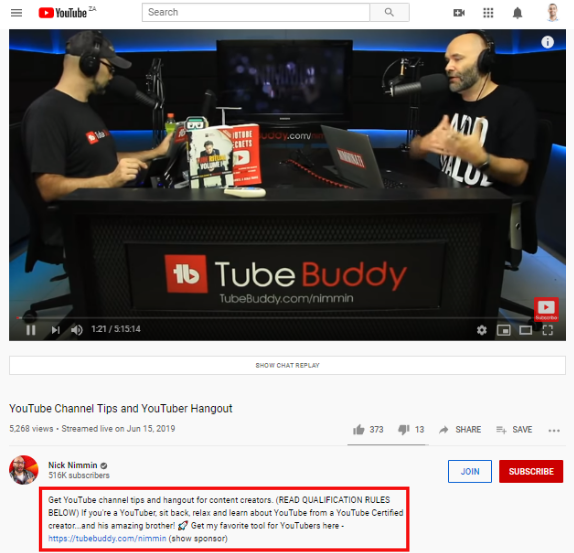
Selling products
Using live video to sell your products and services is one of the most common approaches to monetizing video, and live shopping is quickly becoming a huge market around the world. In fact, in 2020, the live commerce market size reached $6 billion. Live selling combines the entertainment factor of livestreaming with the ease of online shopping. The inherent interactivity gives you the opportunity to build your brand and engage with your customer base while selling products.
Through livestream selling you can show off your products up-close, giving viewers a better sense of color and scale. You can also drive sales by creating urgency: Limited product runs, limited-time offers, and special discounts boost excitement and engagement during your live selling stream.
Malaysian custom print shop, Famsy Mall, uses live selling to show off their products and offer incentives through discounts. Using Switcher Studio, they can display their logo, website, and discount information:
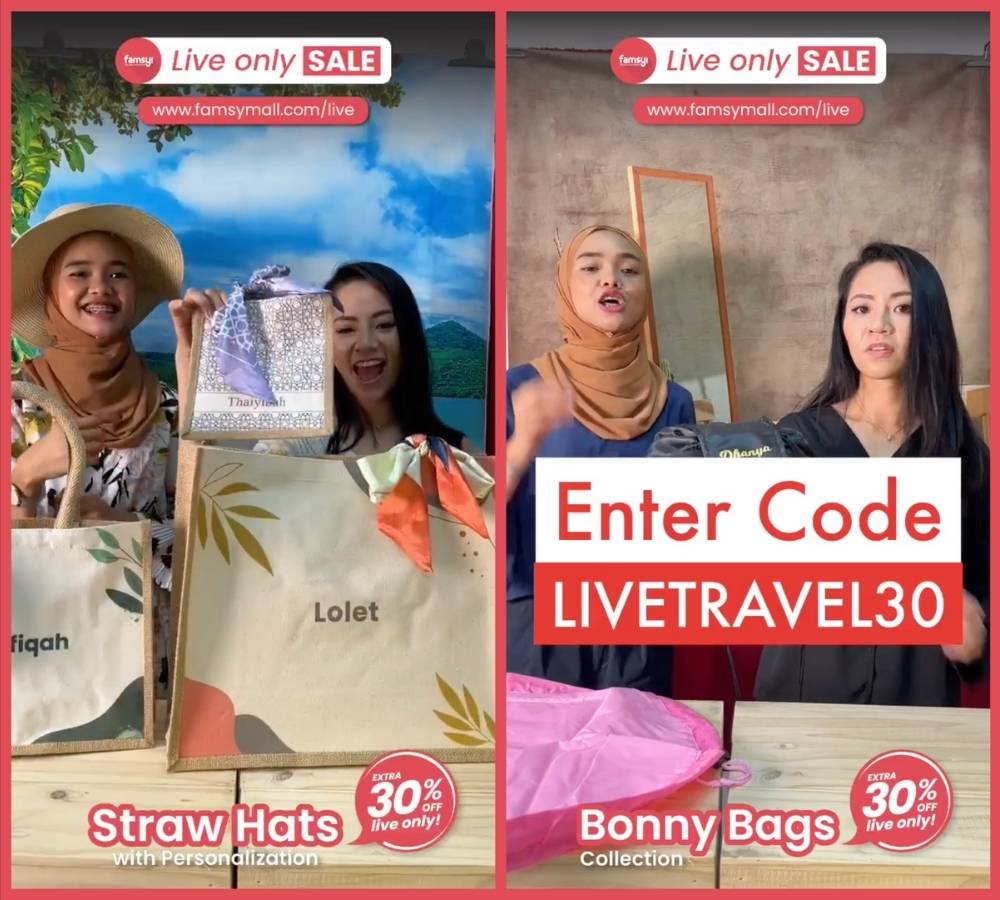
Another reason that livestream selling works well as a monetization model is that your video stays online until you remove it. This allows you to sell more products over time without creating any additional content — it’s almost like a passive income!
Whether you’re an artist, a retailer, or a creator with your own merch, there is plenty of opportunity in live selling.
Fan donations
Donations are one of the newer video monetization models available today. It’s become popularized by video content creators on various platforms like Superchat (affiliated with YouTube’s partner program), Twitch donations, Buy Me A Coffee, Ko-fi, and Patreon.
Donations work well as a monetization model because they appeal to an internal need to support something one cares for. And if you generate a large enough audience of people who love what you offer, you’ll find it easy for people to want to support your work.
Viewers contribute to video content creators as a way of supporting them for the content they produce. While this may sound like a subscription, it’s not. Donations are made as a once-off payment on most platforms and are mostly tax-free.
Here’s an example of a donation panel from Twitch.
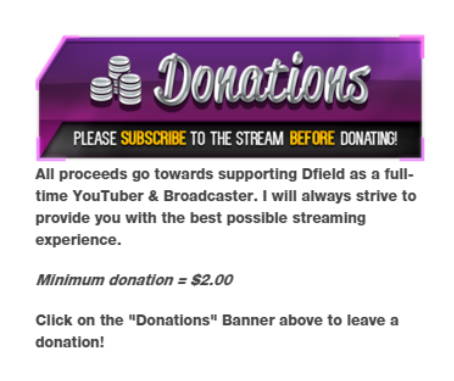
Image: TwitchMeta.com
Launch your own live video streaming platform
Launching your own livestreaming platform may sound like a huge undertaking, but it’s not. Today, platforms like Uscreen give you all the tools needed to build a profitable livestreaming business and offer your videos through branded OTT apps (on mobile and TV devices), without the prerequisite of technical hardware or computer programming knowledge.
You can launch a livestreaming pay-per-view platform, offering your live video access for a premium or include livestreams as a part of your monthly subscription offering. We’ve seen livestreamers that switch from third-party streaming platforms to their own hosted platform go on to earn an average of $5,800 a month — with many earning much more than that.
Take RaceXR Plus (XR+) for example. They launched their livestreaming website using Uscreen in 2019. They use it to broadcast America’s largest dirt track races. For $39.99 per month, subscribers can tune into a livestream of the latest race and access replays of previous races.
And, like RaceXR Plus, you can also use pay-per-view streaming to monetize your live event.
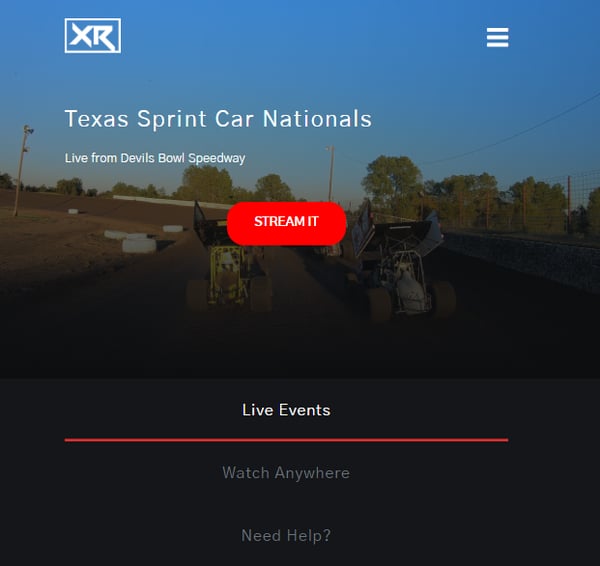
What to look for in a livestreaming platform
But before you create your livestreaming platform, ensure that you do your homework as not all video platforms are the same. If you’re considering launching your platform, here is a collection of features and functionality to look out for.
High-quality streaming video
Streaming live video can be shot in the dark with the wrong platform. If the right technology is not in place, video quality will suffer, leading to dissatisfied viewers and potential brand damage.
Look for a host that has a robust content delivery network. This is especially important if you plan to stream live video to people from around the world. Content delivery networks act as the perfect medium for receiving and relaying high-quality video to various locations. This means people in faraway places can still view your live video without lag.
In addition to high-quality delivery, you want your video productions themselves to be high-quality. Consider a livestreaming tool like Switcher Studio, which enables you to edit your videos while you stream. You can sync multiple iPhones and iPads to switch angles in real time plus bring in guests, graphics, prerecorded videos, and more. Switcher also lets you choose your own streaming platform, including custom RTMP platforms like Uscreen.
Integrated payments
Monetizing your video without a means of billing people would be pretty difficult to do. Ensure that your provider gives you options to create a video paywall with monthly subscription fee and offer one-time purchase options. Together, these options make it easier to cater to a wider audience with varying payment preferences. These options also make it possible for you to generate a steady monthly revenue stream.
Marketing solution and access to customer contact information
While it may not sound believable, most video-on-demand platforms don’t provide video creators with access to customer information. And this can limit your livestream monetization prospects.
Savvy business owners know that customer information is gold. With it, you’re able to run targeted marketing campaigns and create better livestream content. Also, if you decide to no longer use a VOD provider, owning your audience allows you to export their contact information and move with your customers. So be sure to find a provider that gives you access to your customer contact information.
Community management tools
Creating a steady livestream business requires a community. Communities are powerful because they are safe places for people to connect about shared interests, and for you, a place to answer questions, learn more about what your customers want and provide more value.
Time to get started
Live video is a great opportunity for video content creators and brands to step up and create more engaging marketing content for their customers. Getting started isn’t difficult either. You can monetize your videos in various ways.
But as you start on your journey to monetizing live video, focus on pairing great video content with products and services that align with your audience. After all, people want to watch what they find interesting, not what you want to sell.
Subscribe to the blog
Sign up to receive notifications whenever a new blog post is published. You may unsubscribe at any time.

Share
About the Author

Amir is the digital marketing manager at Uscreen, an all-in-one video monetization and livestreaming platform provider that empowers video entrepreneurs and creators to monetize their content and build thriving businesses around their videos.
All posts by Amir Shahzeidi
